
Filter News
Area of Research
- (-) Clean Energy (48)
- (-) Fusion Energy (1)
- (-) Neutron Science (26)
- Advanced Manufacturing (2)
- Biological Systems (2)
- Biology and Environment (4)
- Building Technologies (2)
- Climate and Environmental Systems (2)
- Computational Biology (1)
- Energy Frontier Research Centers (1)
- Fossil Energy (1)
- Fuel Cycle Science and Technology (1)
- Materials (52)
- National Security (2)
- Nuclear Science and Technology (14)
- Nuclear Systems Modeling, Simulation and Validation (1)
- Sensors and Controls (2)
- Supercomputing (23)
News Topics
- 3-D Printing/Advanced Manufacturing (3)
- Bioenergy (2)
- Biology (1)
- Biomedical (2)
- Climate Change (1)
- Composites (1)
- Computer Science (1)
- Cybersecurity (1)
- Energy Storage (1)
- Environment (2)
- Grid (3)
- Materials Science (1)
- Mercury (1)
- Nanotechnology (1)
- Neutron Science (3)
- Physics (1)
- Polymers (1)
- Security (2)
- Space Exploration (1)
- Summit (1)
- Transportation (3)
Media Contacts

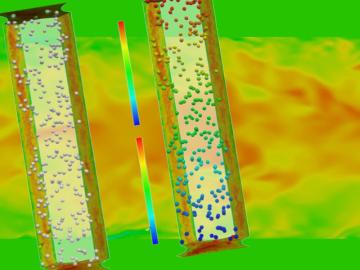
The intrinsic beauty of bubbles—those thin watery spheres filled with air or other gases—has long captured the imagination of children and adults alike. But bubbles are also a linchpin of nuclear engineering, helping to explain the natural world, predict safety issues and improve the...

Oak Ridge National Laboratory today welcomed a second group of technology innovators to join Innovation Crossroads, the Southeast’s only entrepreneurial research and development program based at a U.S. Department of Energy national laboratory. Selected through a me...

Leveraging his expertise in image processing, sensors, and machine learning, Vincent Paquit is devising a control system for additive manufacturing to produce 3D-printed parts that function as well as conventionally produced objects. Paquit’s research sits at the junction of manufacturing technol...
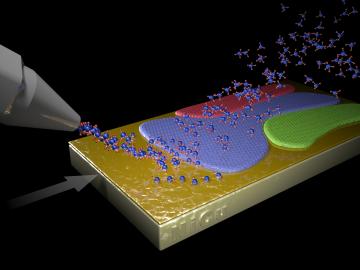
A new method to produce large, monolayer single-crystal-like graphene films more than a foot long relies on harnessing a “survival of the fittest” competition among crystals. The novel technique, developed by a team led by Oak Ridge National Laboratory, may open new opportunities for growing the high-quality two-dimensional materials necessary for long-awaited practical applications.

Last November a team of students and educators from Robertsville Middle School in Oak Ridge and scientists from Oak Ridge National Laboratory submitted a proposal to NASA for their Cube Satellite Launch Initiative in hopes of sending a student-designed nanosatellite named RamSat into...
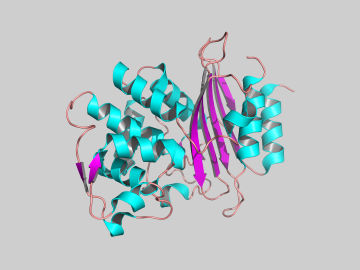
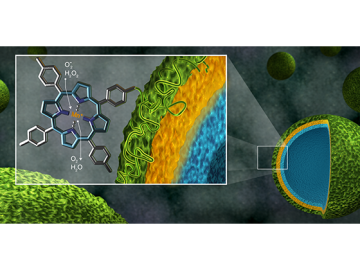
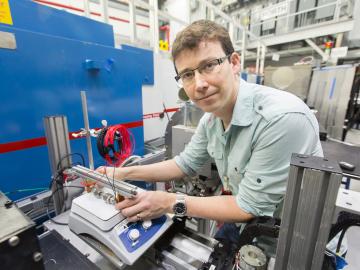

Four technologies developed at the Department of Energy’s Oak Ridge National Laboratory have earned 2018 Excellence in Technology Transfer Awards from the Federal Laboratory Consortium for Technology Transfer (FLC). The FLC is a nationwide network of more than 30...


